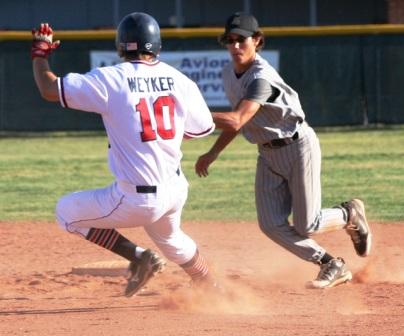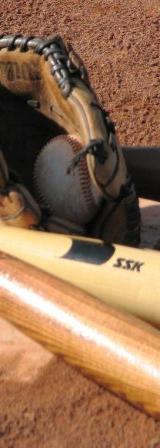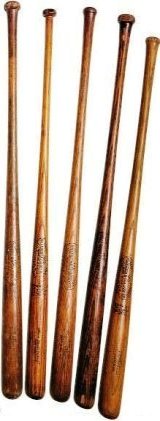 |
||
Practice Organization Structure, Stay Consistent, They Do Best When It Is Comfortable As They Will Know What Is Going To Happen.
The best strategy for practice organization structure is consistency. Players do best when it is comfortable, as they will know what is going to happen next. Keeping your daily segments in the same order will accomplish this. For interest and variety, change up the activities or drills used within those areas. For example, say you decide to begin each session with a defensive segment. Defense stays in that slot each time; but the drills and activities change within it, all related to defense in whatever areas you feel you need that day in time. Flexibility is another key word that carries a lot of weight within the plan. Knowing when to stay with a drill a little longer, or even more important, to know when to get out of an activity that just isn't doing well. The plan is only a guide, it shouldn't gain ownership of the situation.
A Recent Example Of Losing Sight Of The PlanThis situation was conveyed to me by a 12 year old D'backs camper, on a Wednesday morning of a week long camp. We were working through station rotations, and his group had just come to the hitting station I was conducting. About half way through the 20 minute segment, this camper said he didn't feel well, and asked to set out. I had him sit in the shade and get some water. When the rotation finished, his group moved on to the next station. I asked him how he was doing, he said he hurt all over. He then proceded to explain that the night before, at his team's workout, they had been doing what he called, throwing the diamond. It was a box drill, on the infield, using the bases for the corners. The starting goal for the drill was to record 150 complete, error free rounds in succession. I had to ask, just how long did that take? The answer, one hour and 15 minutes. What could the coach in this situation possibly have been thinking? What conclusions will the players come to as they look back on it? How long will it be before many of them decide that baseball really isn't fun, and look to go in another direction? Those questions, plus the obvious, what does that potentially do to a young players arm? One Possible Plan

If You Don't Know Where You Are Going, You Might End Up Somewhere Else! ( Yogi Berra )Practice Structure Organization Tips ~ From the Dugout

"Our Minds Need Relaxation And Give Way Unless We Mix, With Work, A Little Play." ( Moliere ~ French playwrite and actor.) Be Psyched Up, Not Tied Up!Additional Practice Organization TopicsPractice Organization ~ So much to do, so many players, so little time! ~ return from practice organization structure to the ole ballgame  |
 |
|
 |
||
|
| ||